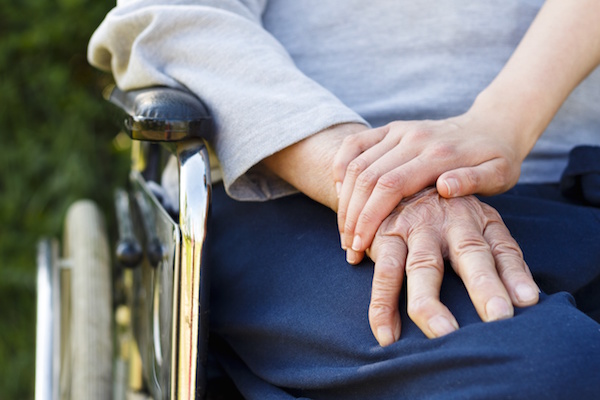
MONDAY, May 5, 2014 (HealthDay News) — One horrific scenario typically comes to mind when thinking about a child killed in a drunk driving crash.
“People think of a drunk driver in one car and a family in another,” said Chicago pediatrician Dr. Kyran Quinlan. “The drunk driver runs a light and hits the family vehicle and there’s a tragedy.”
But the reality is even more terrible than that, Quinlan and his colleagues report in a new study.
Two-thirds of the time, a child killed in an alcohol-related crash is a passenger being driven by the drunk who caused the wreck.
There were 2,344 child deaths in drunk driving crashes between 2001 and 2010, said Quinlan, an associate professor of clinical pediatrics at Northwestern University Feinberg School of Medicine. In 1,515 of those cases, the drunk driver had been transporting the child who died.
“This study highlights the need for additional penalties for those convicted of drunk driving with a child passenger,” said Jan Withers, national president of Mothers Against Drunk Driving (MADD). “Driving drunk with a child passenger is a form of child abuse, and no child should ever be put in that kind of danger.”
For the study, researchers examined U.S. National Highway Traffic Safety Administration data of children under age 15 who were killed in a traffic crash between 2001 and 2010.
Over the course of the decade, child deaths involving a drunk driver decreased by 41 percent, reported the study, which appeared online May 5 and in the June print issue of Pediatrics.
But hundreds of children still die each year, and now it is known that they are most often in the same car with the drunk driver.
Researchers also found that nearly two-thirds of children in the drunk driver’s car were not wearing seat belts at the time of the crash. “The more a driver has been drinking, the less likely a child was buckled up in the crash in which they died,” Quinlan said.
One-third of the drunk drivers identified by the study did not have a valid driver’s license at the time of their crash.
Texas and California had the highest total numbers of children killed while riding with an alcohol-impaired driver, the study found. Texas had 272 deaths and California had 135 during the decade.
Taking population into account, South Dakota and New Mexico had the highest rates of children dying while riding with a drunk driver.
MADD’s Withers said: “Unfortunately, we are not surprised to see that South Dakota has the highest percentage of child passengers killed by a drunk driver in this study, since it is one of only four states that did not get a star in our 2014 Report to the Nation for having child endangerment laws or statutes in place.”
Tougher drunk driving laws, minimum drinking ages and taxes on alcohol all are likely strategies that have made some states safer for children than others, study author Quinlan said.
“We’re hoping that states may take a look at their numbers, now that they have them, and consider renewed efforts to get at this,” he said. “Thirty years ago, it was a completely different culture than it is today. People used to talk about having one for the road, and that is just not funny anymore,” Quinlan added.
Withers agreed. “MADD encourages all states to make driving drunk with a child passenger a felony offense, and require an ignition interlock for those convicted,” she said.
But Quinlan added that the amount of time a child spends in a car also could be a factor.
“New York has a ton of kids, a huge population of children, and actually was quite low in both the rate and the number of deaths,” he said. “Why is that? There are many different means of transportation in New York. A lot of public transportation.”
On the other hand, children in the states with the worst death rates are likely to spend more time in cars traveling to farther-away places, with the extra driving time adding to their risk of being in a drunk driving crash, Quinlan said.
More information
For more facts on drunk driving, visit the U.S. Centers for Disease Control and Prevention.
Copyright © 2025 HealthDay. All rights reserved.

